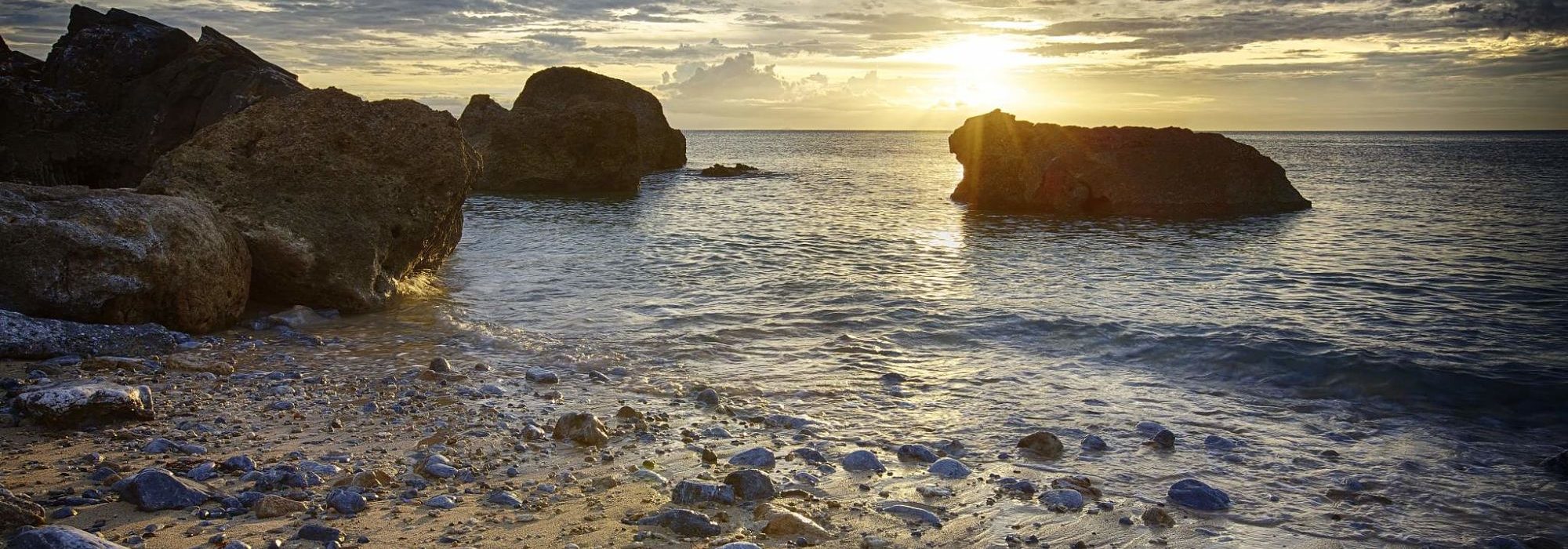“How much money?” asked McGee. “None,” replied General Hayden and with that Lt. Col. McGee was on his way.
Seven elderly Okinawan farmers owned the site and were queried as to how much they would charge for rent. The equivalent of forty dollars per farm was the amount decided. However, to make sure the farmers got a fair deal, Lt. Col. McGee dug into his own pocket and made it fifty dollars each.
The area was cleared with the help of Mr. Matsuoka, who furnished a bulldozer and operators from the Okinawa Public Work, free of charge. The Okinawans insisted that walpai (tall grass) be burned due to many habu snakes in the area. After burning the walpai, they found the charred remains of 163 habu.
The fact that the farmers had been paid for their land proved to be a tremendous asset because this pleased the town mayors. They got together and guaranteed a plentiful labor supply for construction. This was particularly significant because carpenters were scarce and in high demand. Contracting firms offered the workers all kinds of incentives encouraging them to work on Mainland Japan, but the workers stoutly refused to leave the Okuma project. Hentona High School students volunteered their time to clean the grounds one day each week.
Since they had no architect, Lt. Col. McGee designed Okuma himself. Building materials were procured in a variety of strange ways. Broken bags of wet cement were processed and weather-worn, crooked pine was scrounged from the Army depot for flooring. After fashioning planes from old Jeep springs and wooden blocks, the carpenters planed and grooved the old wood. They also made parquet flooring from damaged Japanese oak doors. The citizens of Naha donated tile flooring and watercrafts. Since lumber was not available for the framework, the industrious builders ripped apart old bailey bridges by hand, then mortised and notched them since they didn’t have nails either. Paneling came from old masonite crates that were then painted with paint procured during a “midnight requisition” from the U.S. Navy.
A Japanese style dining room with panels of wood was stained with a combination of brick and gasoline and turned into a game room. Condemned out-houses were refurbished and converted by the ingenious Okinawan laborers into bathrooms. Reconditioned Japanese Army generators furnished the electricity. Water was pumped into Okuma from a fresh spring using a one-cylinder putt-putt engine. It was then stored in a homemade water tank.
When the original Okuma site was completed in early November of that year, a group of Buddhist priests gathered on the site with many symbols and a five-gallon can of sake, all of which had been buried at Shuri during the war. A sack of charcoal and rice was suspended from the rafters to guarantee that the entrants would never be cold or hungry. Streamers picturing lions and tigers were flown from the roof. The roof was also guarded by shisa dogs to ensure that the priests, workers, and guests would be protected from the evil spirits. To celebrate their success, they proceeded to drink all the sake as they danced and chanted all night.
The same spirit of cooperation and celebration still exists at Okuma today, but we have definitely improved! Okuma currently occupies 135 acres and has over 50 facilities. The staff of approximately 120 people consists of active duty Air Force, local nationals and civilians.

